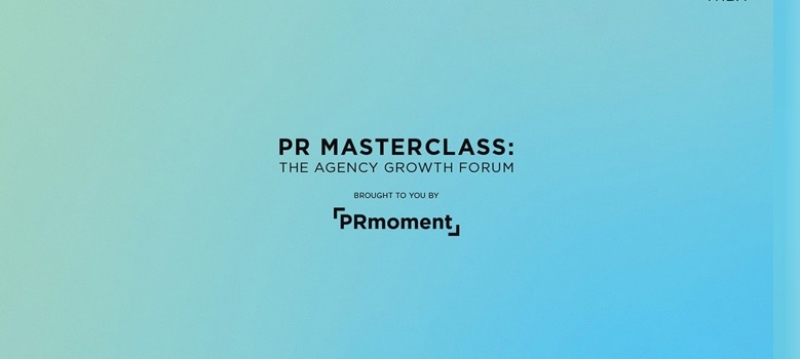I began Illuminate on the first week in January, more than four years ago, with almost ten years of experience under my belt. I made a list of things I needed to be a successful PR consultant. It went something like this:
1. A good website
2. Nice photos of myself for the good website
3. An accountant
You get the picture. After a good hour of list-making I made some tea and rang a friend, a successful photographer, to quiz him about freelance life. I had to hold the phone quite a way from my ear as he only had one piece of advice for me and he said it loudly:
“Get yourself some clients!”
“But I…”
“Clients.”
“I think I need a nice website with photos of …”
“Clients, clients, clients.”
And he hung up.
Oh. Gone were the dreams of soft-focus pictures of me with a more stylish haircut than I had, some professional make-up and superb outfits, looking almost seductively from the pages of a cutting-edge dot com. No, I had to do the work to get the money to pay the bills … I knew that really. But I still spent plenty of time messing around with logos, fonts and colours before I admitted his priorities were right, and I picked up the phone to some good contacts.
It’s not until you get your first client that your real “first day” begins as a consultant, but (as I was to discover) those first days may be unlike any you have had before.
Your first day may be at your office or at your client’s, but either way, you rarely spend it filling in forms and being gently introduced like in a “normal” job, so be confident to introduce yourself. It’s handy to jot down names of all the new faces and something about them. Aim to keep the list secret or subtle otherwise “bald Bob” may not hire you again. It’s also worth turning up with a laptop and fully charged mobile, on a mission to find out the wifi code and other conveniences. Formalities over, it’s time to get on with the actual work.
I’m soon on the phone for advice again. This time to my brother, a successful artist, I’m working on a big project and the deadline is next week. He gives me a wise tip: explaining why he sends a rough sketch or work in progress to clients before completing the detailed pen and ink drawings he is well known for. I would happily frame and put his “rough sketches” on my office wall, but the point he is making applies to many freelance disciplines. If I show the client an outline of my thinking then I can secure feedback before it is too late. I guess I knew this before I started freelancing, but the artwork analogy really worked for me. It’s always nice to keep a few (good) surprises back, but in general a two-way flow of communication irons out most troubles, as does a well-made cup of tea, which is what you deserve if you have just started up on your own.
PR Masterclass: The Agency Growth Forum
Our experts will each give you a 20-minute Masterclass on what we've identified as the 11 most important elements in running a modern, profitable and successful PR firm.
Taking place on Wednesday 26th November in London, both virtual and in person tickets are available.
Tickets on sale now!
PR MasterclassIf you enjoyed this article, sign up for free to our twice weekly editorial alert.
We have six email alerts in total - covering ESG, internal comms, PR jobs and events. Enter your email address below to find out more:










